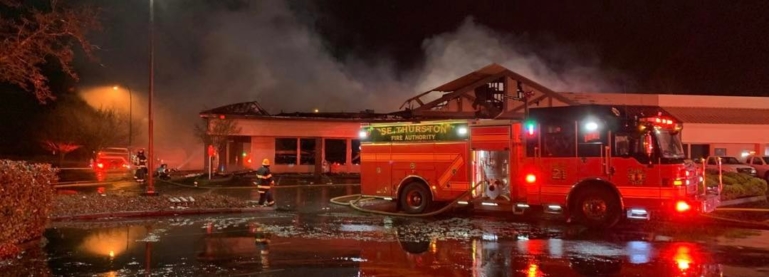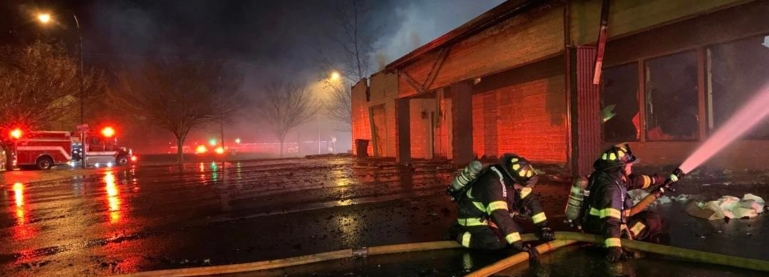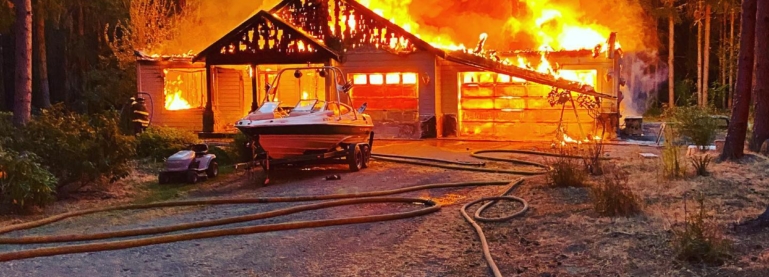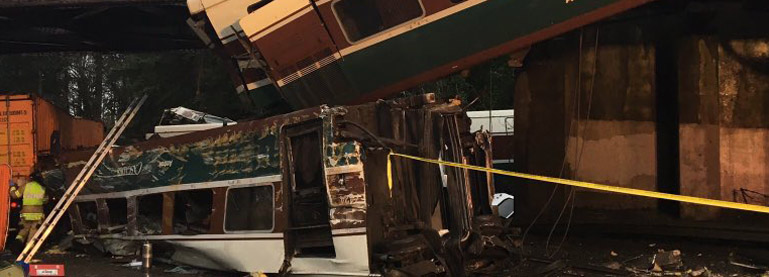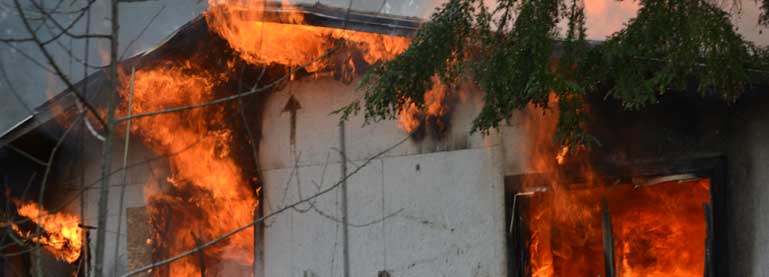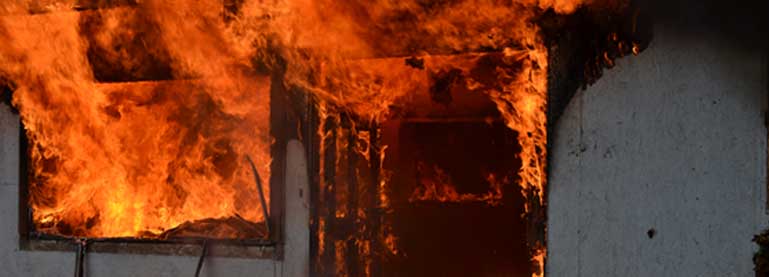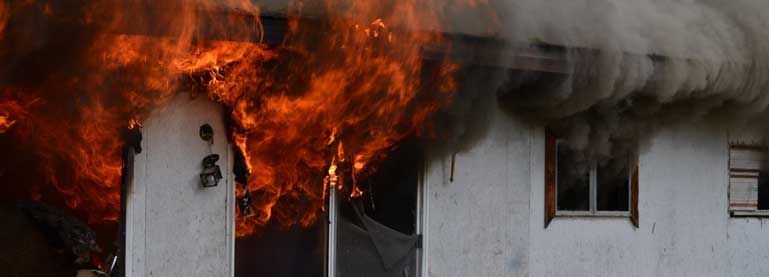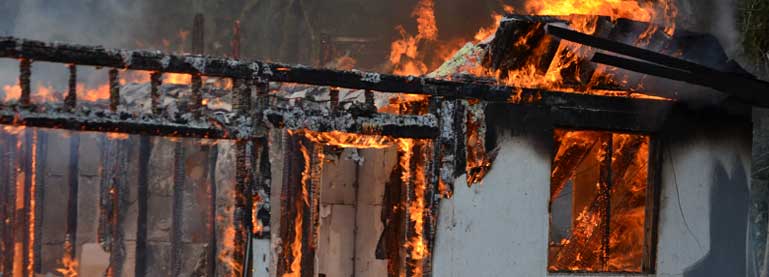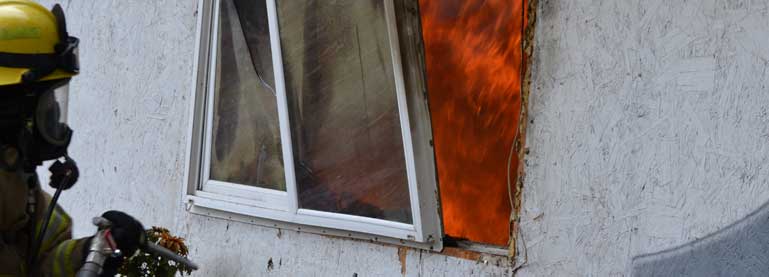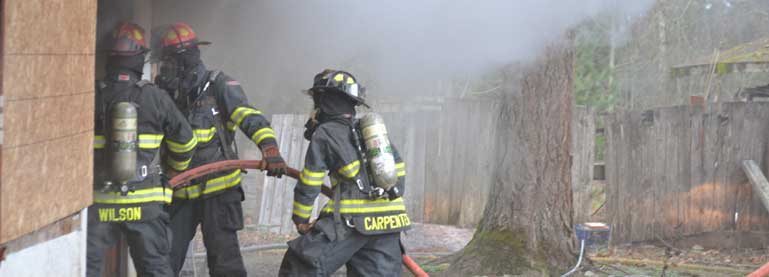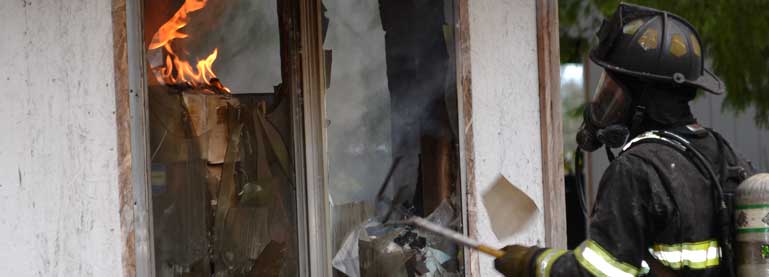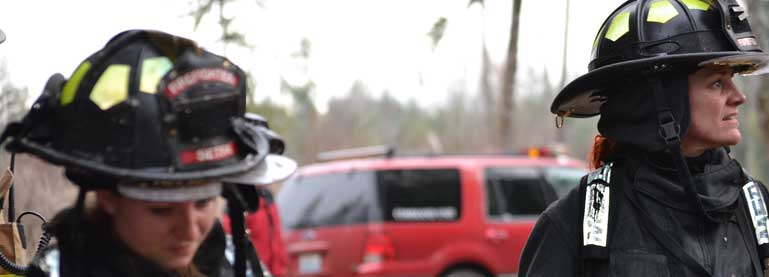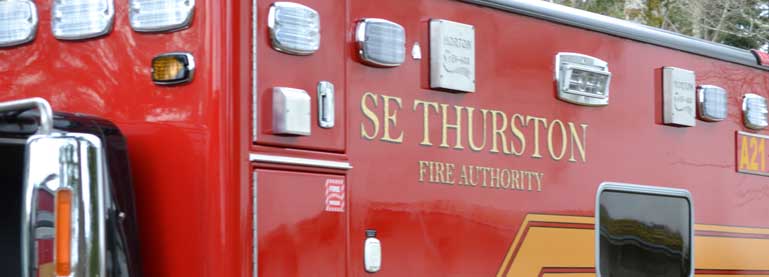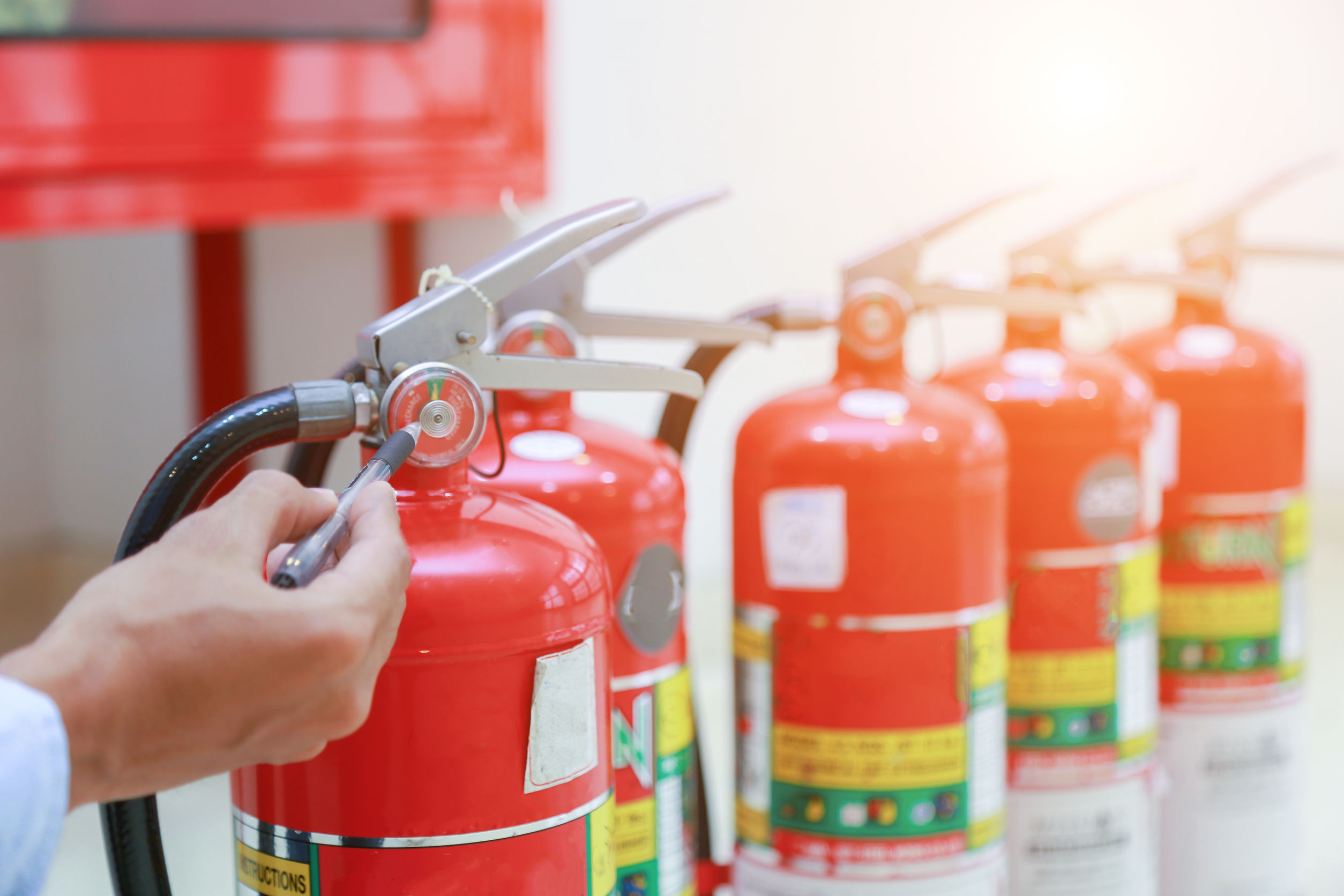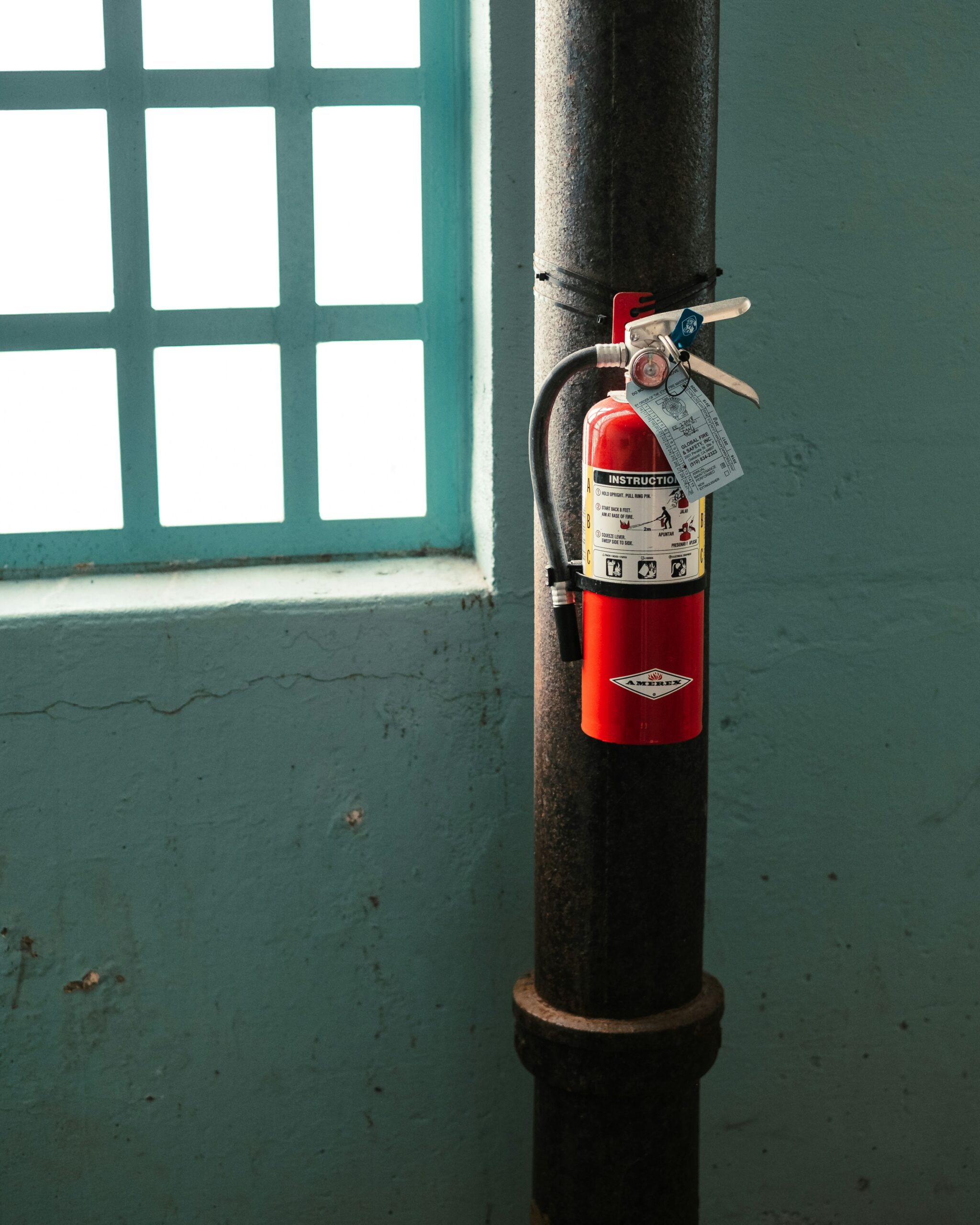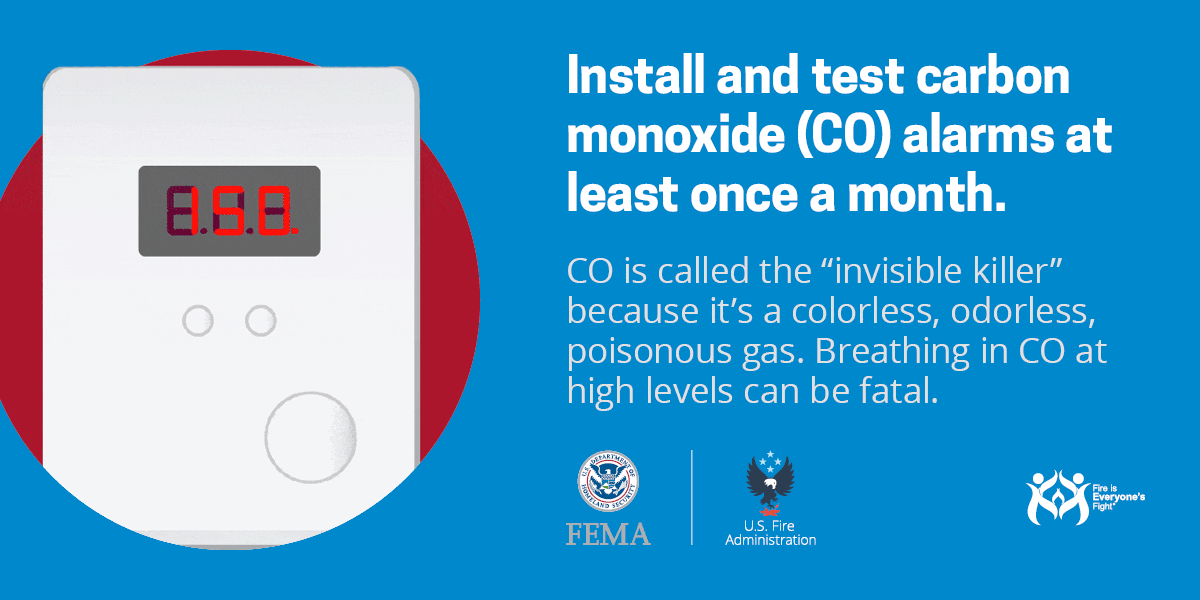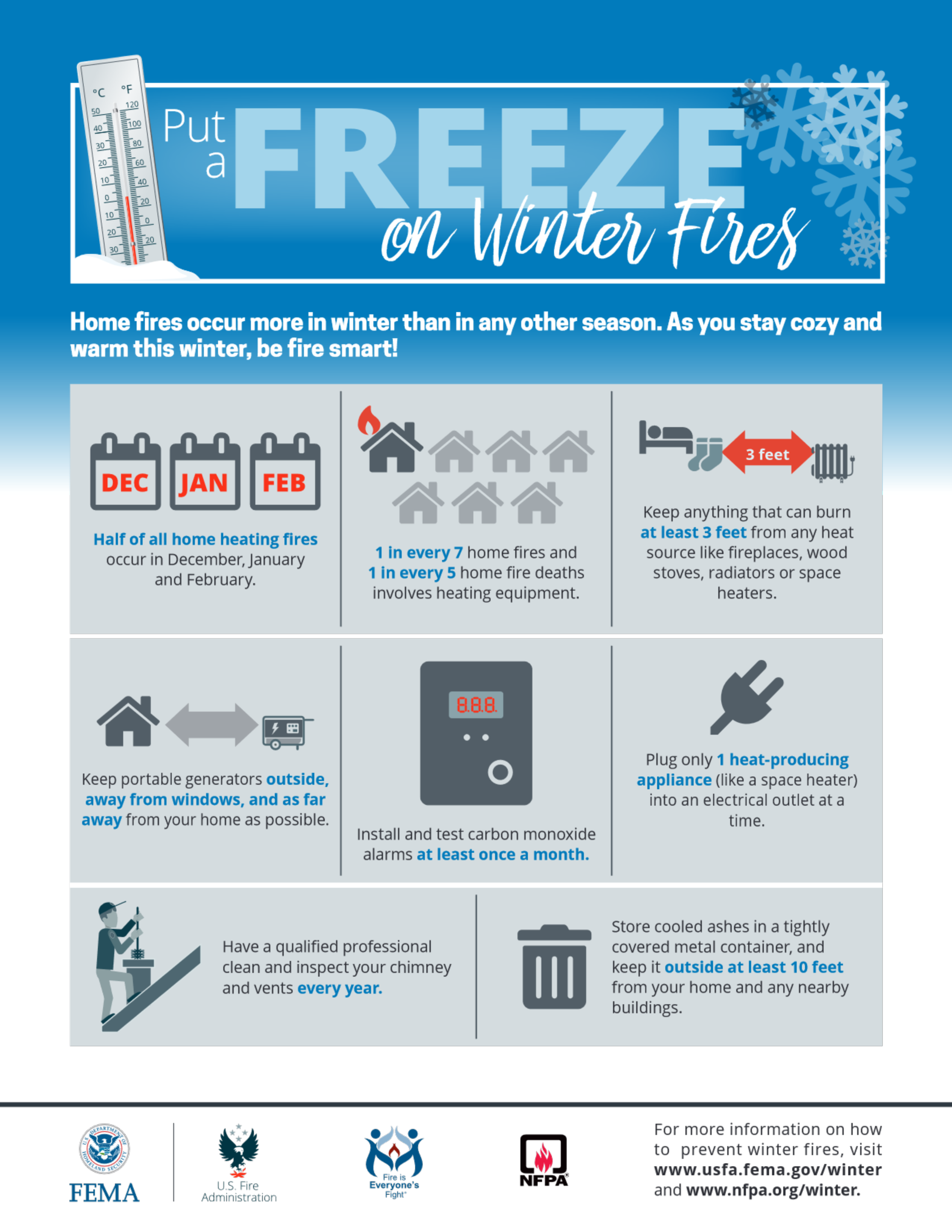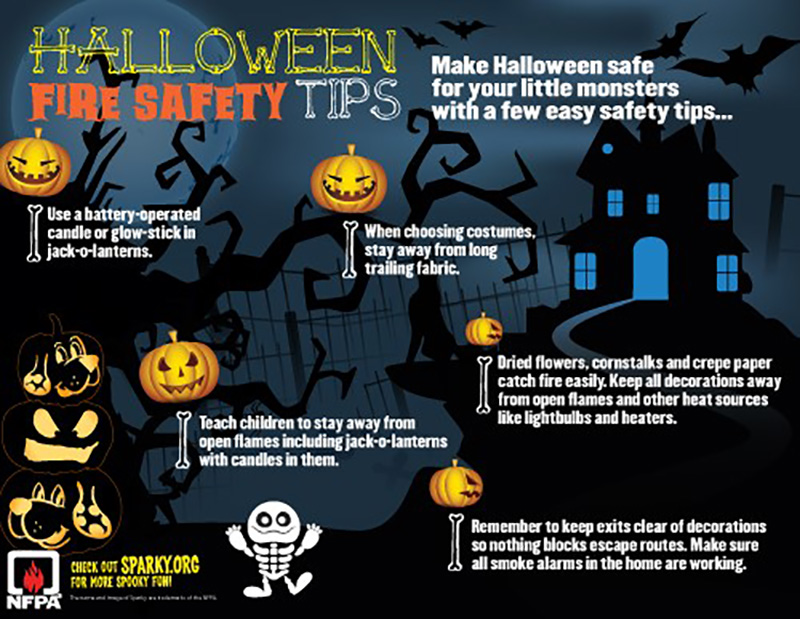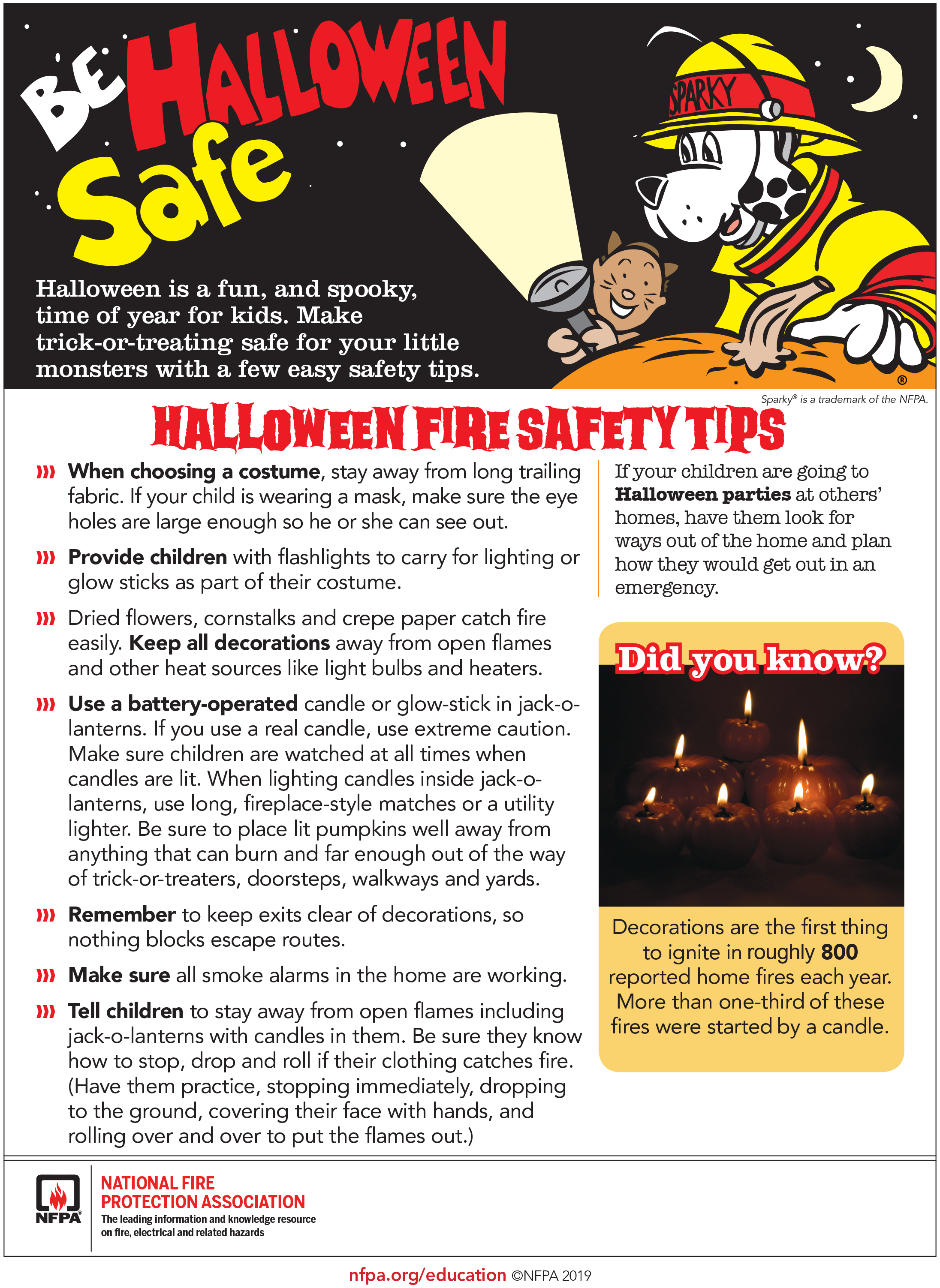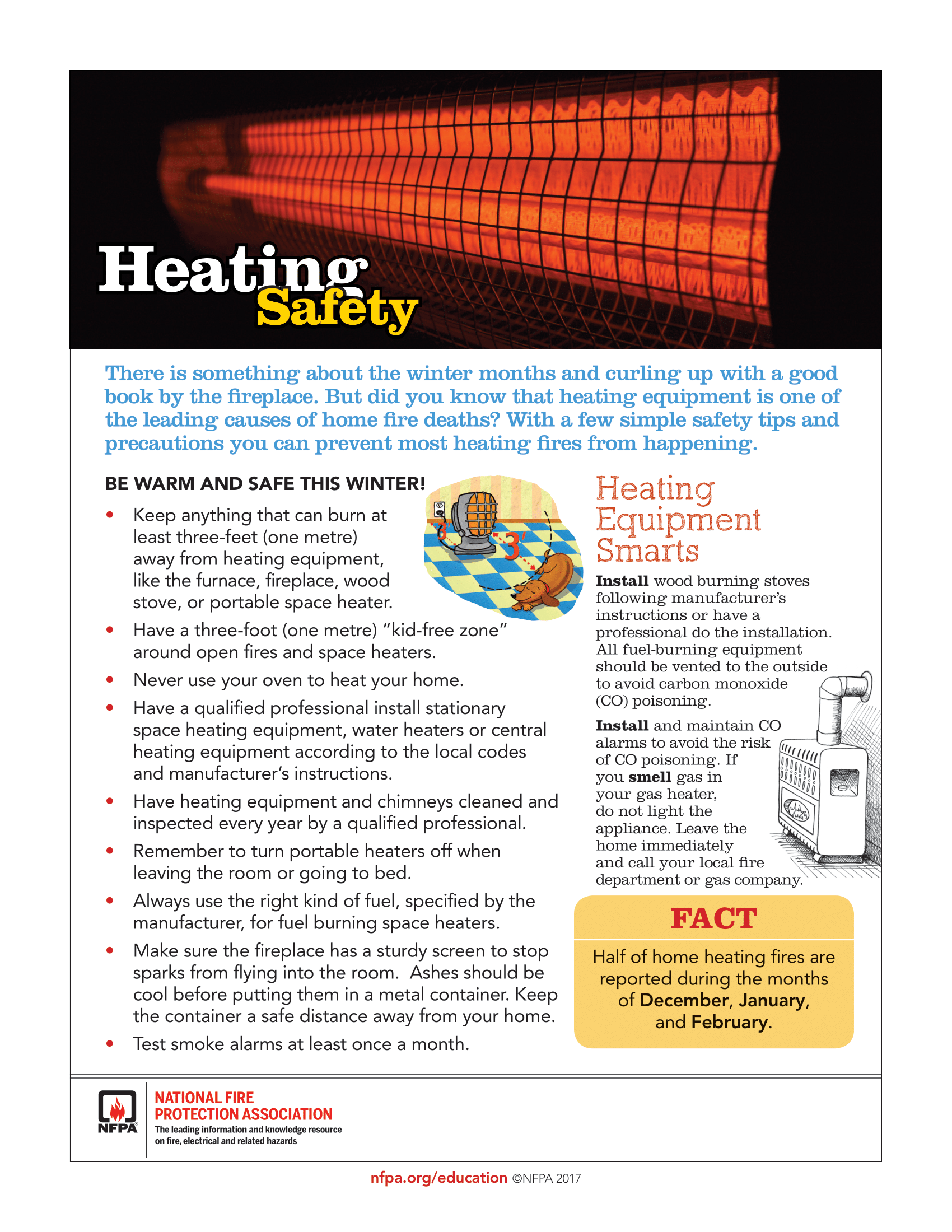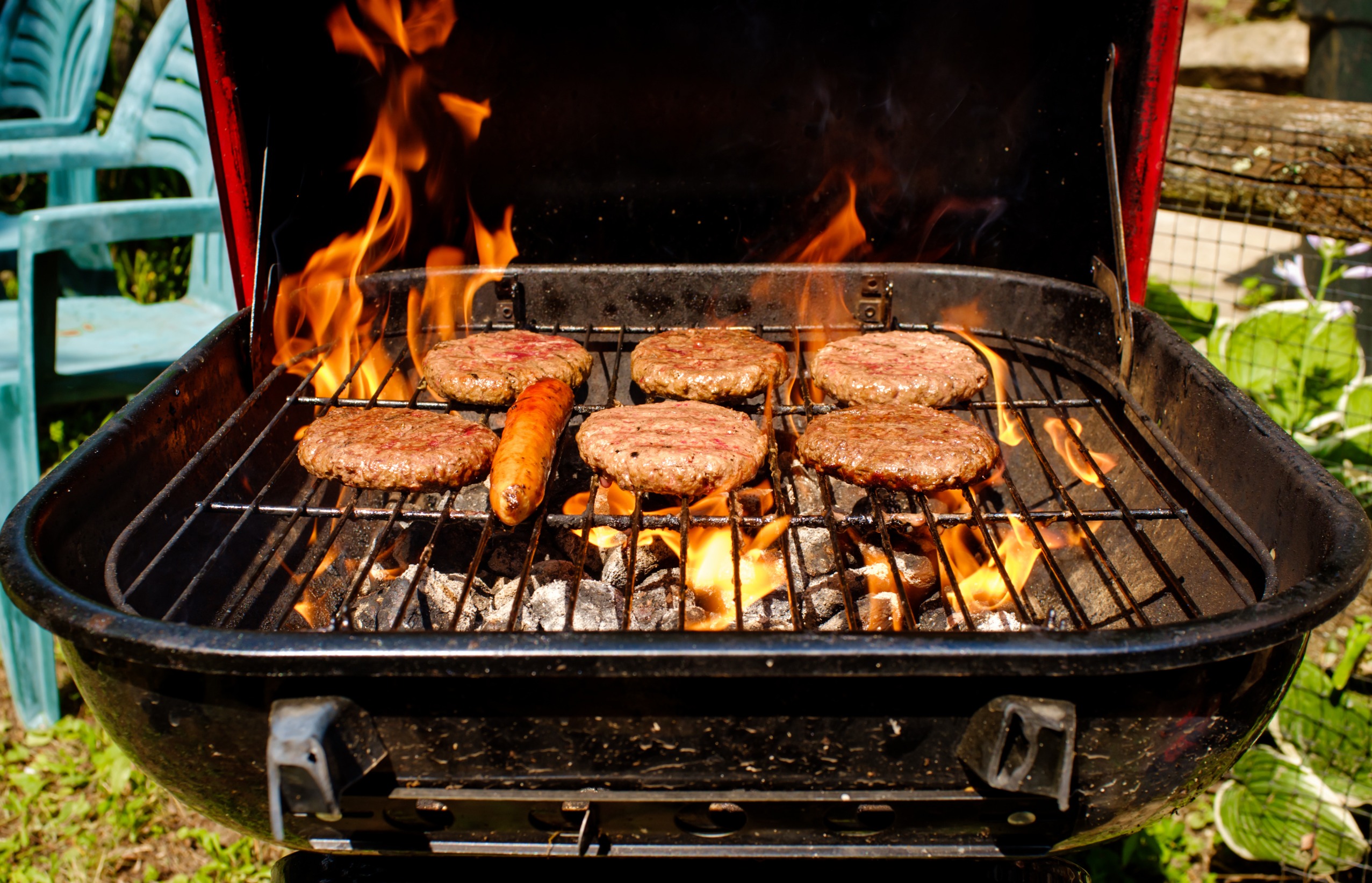
With the wonderful Spring weather we’ve been having (in between the rain, that is!) many people are starting to fire up their grills for the first time this year. Barbecues and outdoor parties are fun ways to interact with friends and family while soaking in the sun and fresh air. There are, however, some safety risks when operating a grill that sometimes are ignored and can cause serious injury or increase the risk of property fires. These grill safety tips can help you reduce the risk of fire and injury so your parties can stay fun and safe!
Turn the Gas Off After Cooking
If your grill is gas powered, make sure to only turn the gas on while cooking and that you turn it off immediately after you’re done. Even grills with adjustment knobs on them can (and often do) slowly leak gas, which not only causes you to spend more money replacing the gas tank more frequently, but also increases the risk of fire and injury. Leaking gas can flare up with the slightest spark, so always make sure to shut the gas off at the tank and keep it away from sources of fire.
Stay a Safe Distance Away from Structures
When grilling, always make sure you do it outside and a safe distance away from any structures. Houses, sheds, porches, etc can quickly catch fire if the grill has an issue, and simply staying 10 or more feet away from these structures significantly reduces the risk of a fire. Even if you store your grill right up on your porch or near the house, pull it out when using it for the best safety.
Clean Your Grill Regularly
This may not seem like a safety tip, but a dirty grill can definitely contribute to a higher risk of fire. Extremely dirty grills can have residue and material that, once exposed to enough flame, can catch on fire and be difficult to put out. Dirty grills can also cause clogs and flow issues for the fuel or gas, which can lead to other issues, and in the case of gas can lead to a buildup that can rapidly ignite once released.
Keep Children and Pets Away From the Grill While in Use
Grills, obviously, get very hot while operating. Children and pets can unknowingly come into contact with the hot grill, causing severe burns. In addition, children and pets can sometimes knock or pull a grill over, which can cause serious injuries to them and anyone else nearby, as well as potentially starting a fire. For their safety and yours, keep children and pets away from the grill as much as possible.
Don’t Be Afraid to Shut it Down
If your grill starts to flare up uncontrollably, you have to step away for a bit, or you notice a safety issue, don’t be afraid to shut the grill down for a bit. Trying to salvage the food when the cooktop is on fire only increases the risk of injury and structure fires, so if things get out of hand, shut off the gas at the tank, put out the charcoal, or unplug the grill if it’s not gas or charcoal powered. You can always cook more food, you can’t un-burn someone’s arm or home.
Grilling is a great way to get a new style of food during the warmer seasons, and we love it, too! Just stay safe while cooking out there, trust us, grill fires aren’t fun.

